To get your own fun photos as a giant or a dwarf, just follow these simple directions.
First, you nee to understand two concepts:
- Perspective, or interpreting the depth of an image. Objects closer to the camera seem larger than those further away. A two-dimensional photograph can create tricky visual effects. That's where the fun begins...
- Depth of field. This is the clear part of a picture between the first and the last points you can see clearly. The focus of a camera, just like your eyes, has a limit. Try lifting a finger and put it a few centimeters in front of your nose. You will find that you have to choose beween seeing your finger or the background clearly (first plane or general plane).
- Never activate zoom on your camera or place the objects too close. This could result in ruining the effect by leaving the objects further away slightly out of focus.
-
One additional point: watch the ground.
Forced perspective works best when the object in the distance appears to not be touching the ground and is instead on-top of the object in the foreground.
Try to think of scenes that involve a distant object to be on top of a closer one with as much available space as possible, like someone standing on another person's lap rather than in their hand. The problem with perspective photos is that the smaller the object is, the closer the photographer must get to it (within inches) to make the perspective work, if the secondary object is quite large.
The second is that when this happens, your camera will have a narrow field of focus and will likely default to settings that result in background blur.
To get around this, try and make both objects as large as possible.
Any gap between the distant object and the object closer to the camera and you'll capture some of the salt, ruining the perspective in the image to a degree.
Although you can get great photos that play on sizes like when dinosaurs attack a group of people, or our personal favorite of people exiting a Pringle's cup, the best illusion occurs when the ground is not seen and shadows and other distance cues are hidden away.
Advanced users: If you know how to configure the parameters of your camera, you will know that the smaller the diaphragm aperture (f) the better the depth of field is.



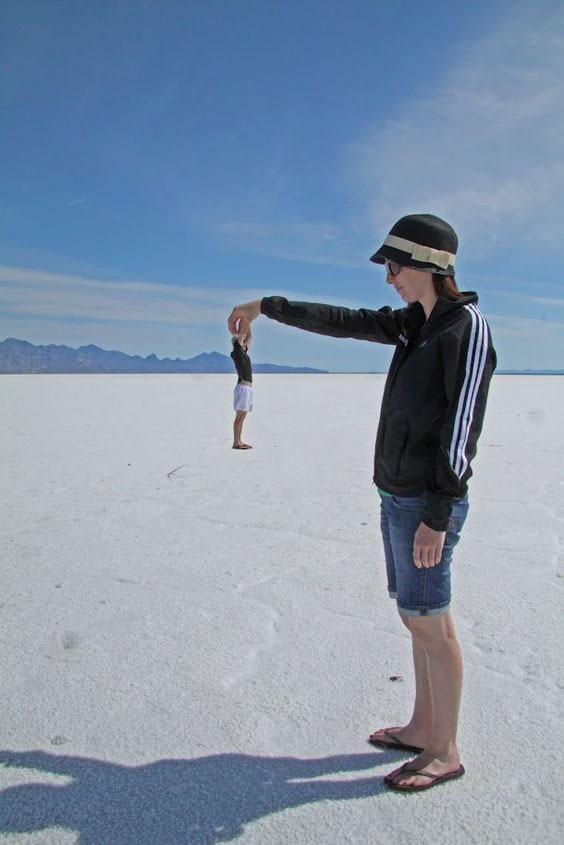

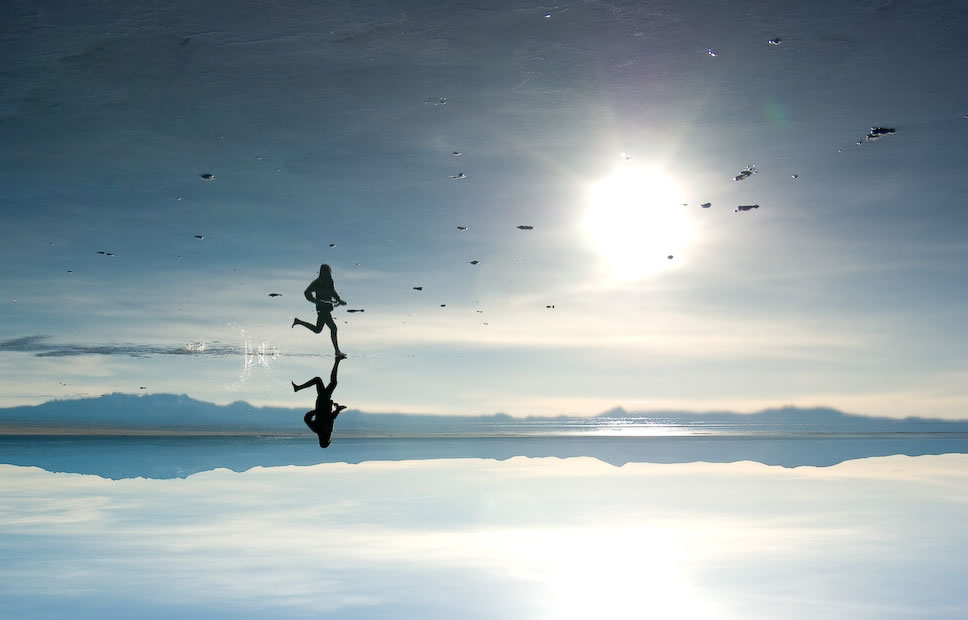

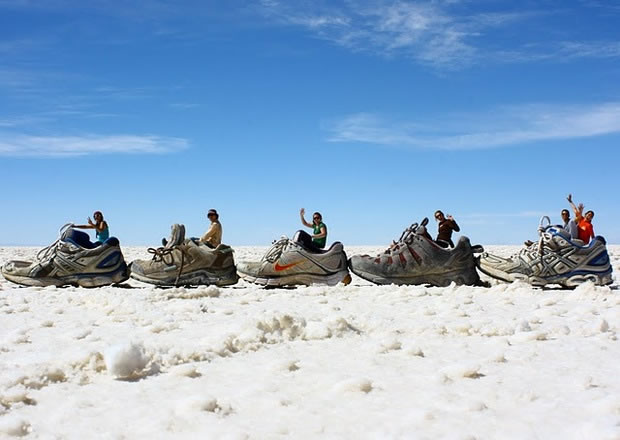


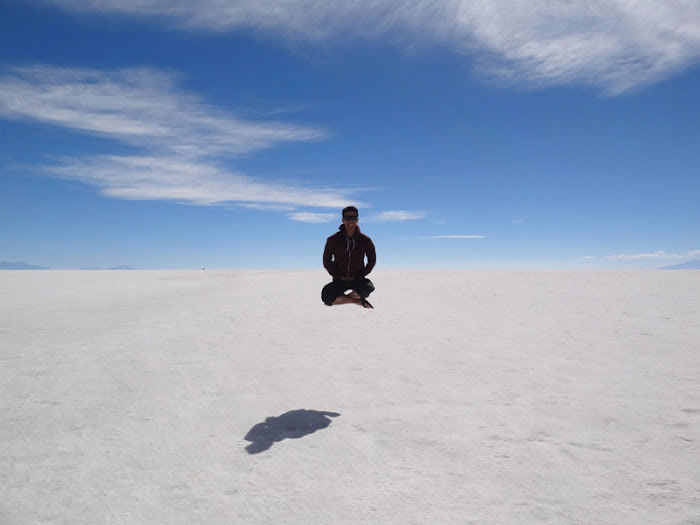
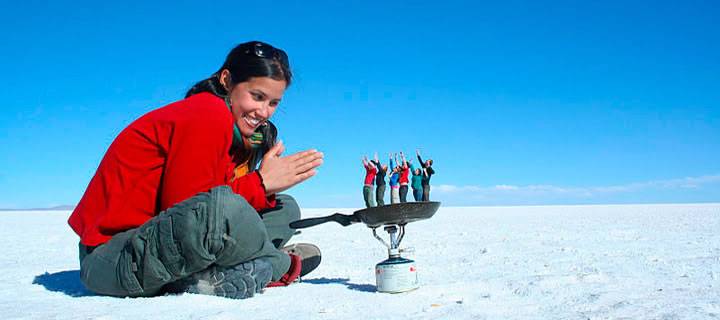


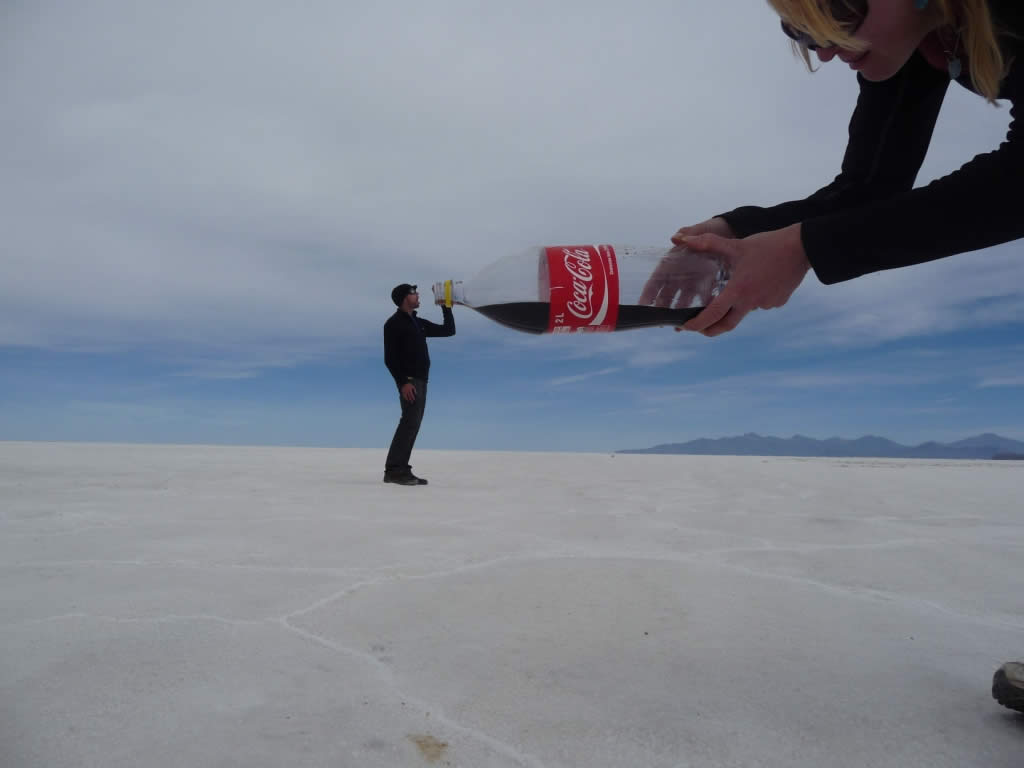
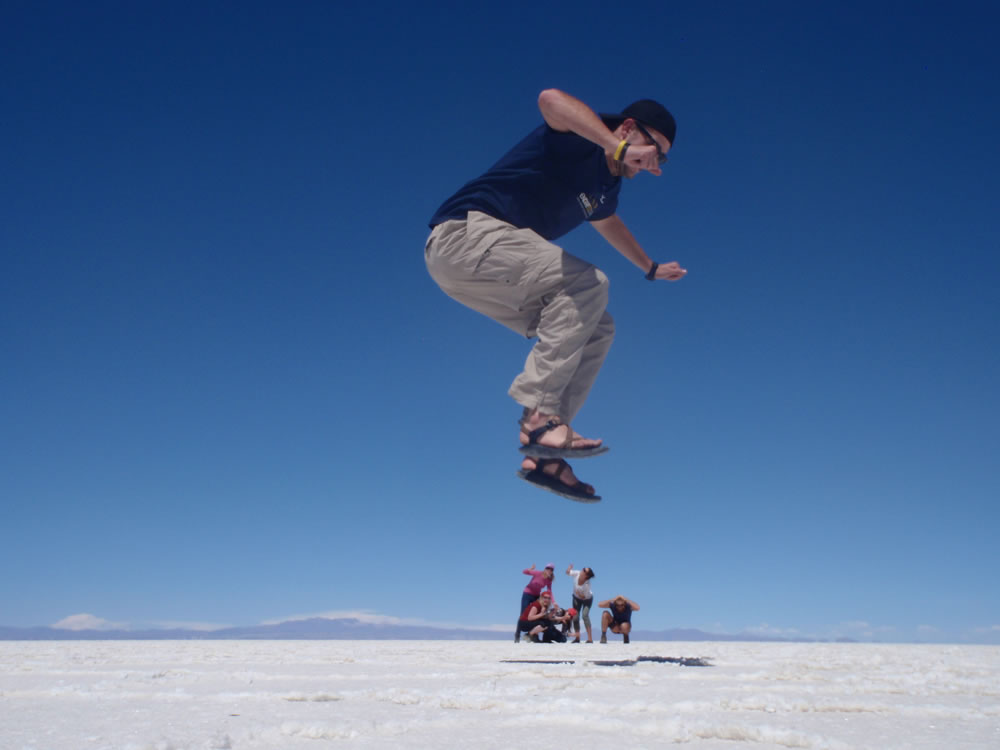
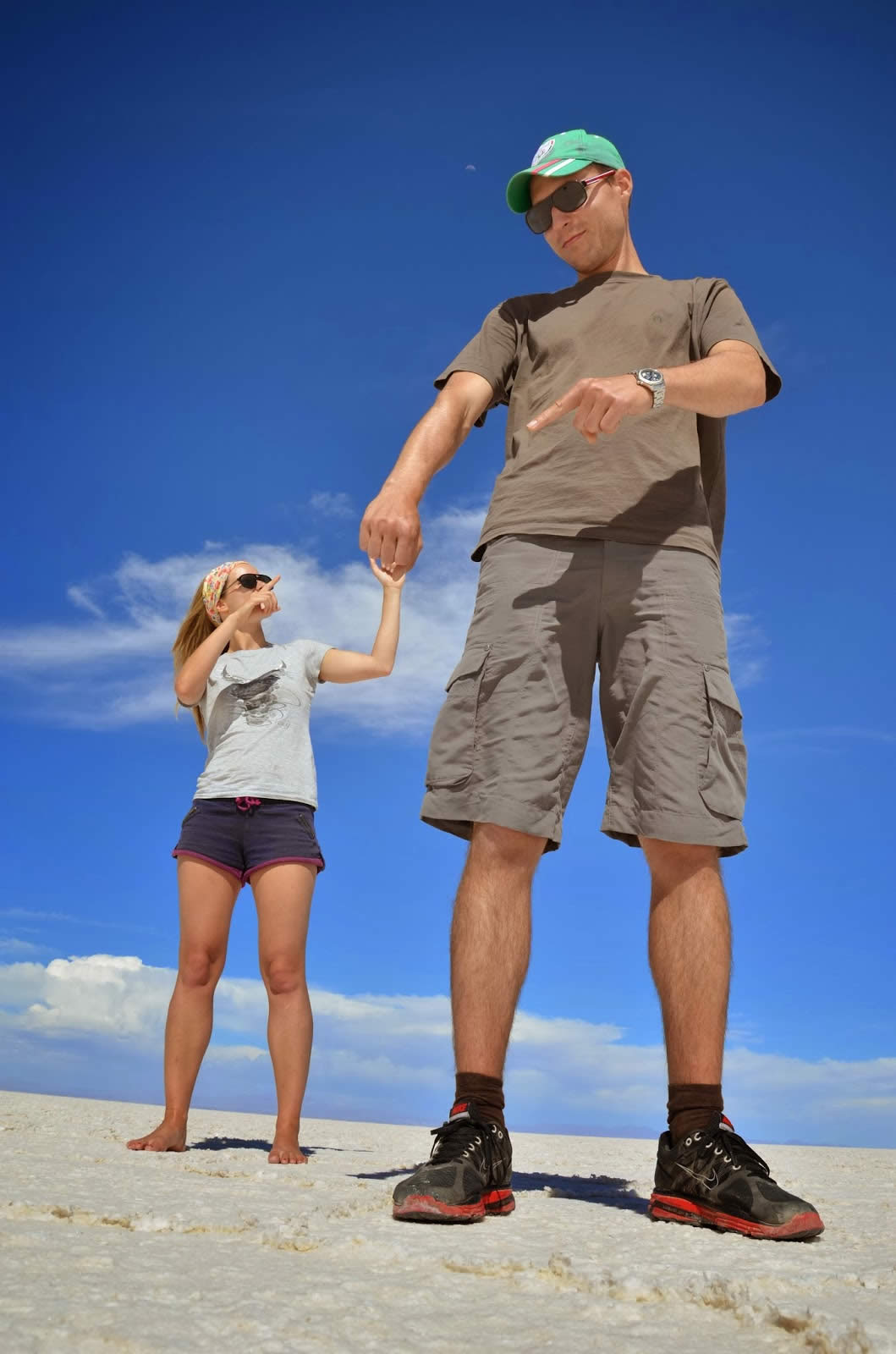
0 comments:
Post a Comment